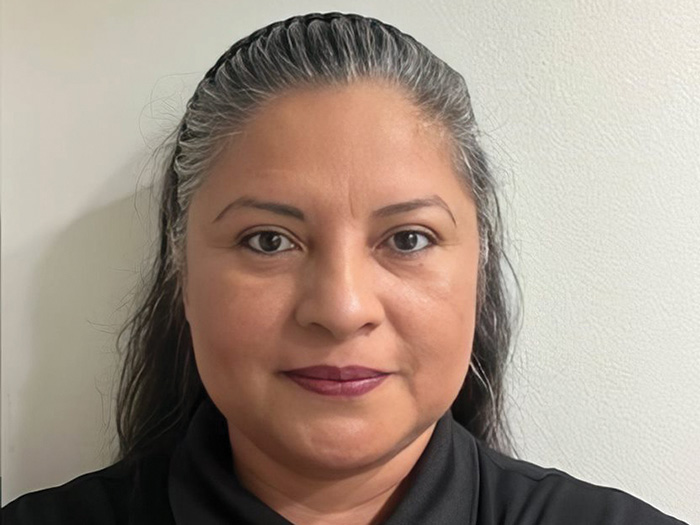Sponsored: Spring Consulting Group
Your 6-Step Plan to Captive Optimization

You conducted a feasibility study before forming your captive, establishing long term goals and objectives, determining which risks to write, where to domicile, and how to finance it all.
But that was five years ago.
Since then, your company has made two acquisitions, expanded its workforce, implemented new technology, contracted with new suppliers, and been affected by a new federal regulation. In short, the risk profile has changed considerably.
Is your captive keeping up?
“As with all other business matters, your company’s captive needs and goals are likely to change over time, especially with new and emerging risks sprouting up frequently,” said Karin Landry, managing partner, Spring Consulting Group.
“We recommend a ‘refeasibility’ study at least every five years to reassess risk appetite and exposure.”
A ‘refeasibility’ study ensures your captive insurance company is still serving your organization’s needs and furthering its mission, rather than holding it back. Unlike the initial feasibility study, this periodic checkup must consider your existing captive structure and financing strategies, and take into account how the captive has performed thus far.
To gain a holistic view of your captive’s performance and evaluate the need for change, captive owners should ask themselves these five questions:
1. Do your captive’s goals align with your risk profile?

Karin Landry, Managing Partner, Spring Consulting Group
Evaluating your captive’s goals in the first step of a refeasibility plan. And that begins with collection of data. Claims experience, reserve and surplus levels, loss ratios and other measures of efficiency indicate how successfully the captive has operated and where it has underperformed.
This indicates whether it has met initial goals, and whether those goals should change. This decision is also largely dependent on changes in the insured organization’s risk profile and the subsequent impact on insurance needs.
Moving employee benefits into a captive may be a more efficient way to provide coverage for a larger payroll. Greater reliance on automation or IoT technology may likewise increase the need for cyber coverage tailored to an organization’s specific needs.
“Emerging risks should be considered in this assessment,” Landry said. “For example, new technologies like driverless cars and drones and increasing automation will create both risks and opportunities across various industries.”
Performance metrics can help risk managers identify areas where resources can be shifted to support the coverage needs demanded by organizational change and emerging risks.
2. How will proposed changes impact other parts of the captive company?
The second stage of the study considers how adjustments to long term goals affect other pieces of the captive puzzle, such risk financing and use of reinsurance.
Adding new lines of coverage or expanding or reducing existing ones will necessitate an evaluation of risk financing strategies and could lead to changes in an organization’s investment mix or retention levels. This may also impact reliance on reinsurance as a component of the overall risk transfer strategy.
The best way to pinpoint the extent to which these changes should be made, Landry said, is through stress-testing.
“Running through scenarios with reasonable adverse case outcomes highlight where more or less financing is needed to service claims and maintain favorable loss ratios,” Landry said.
3. What specific implementation strategies will make your changes stick?
As with any enterprise-wide change, a detailed roadmap lays the groundwork for successful outcomes and can gain the confidence of stakeholders.
This stage identifies lines of insurance that could be moved into the captive or other coverages that would be more cost effective to insure through the traditional insurance market. Along with cyber and employee benefits, some of the most common risks to insure in captives include professional liability, auto liability, reputation, and business interruption.
Capital management strategies should also specify how surplus will be used going forward.
“There are several considerations in appropriately managing the capital and surplus levels over the life of a captive, including average cost of capital, retention levels, reinsurance use and taxes, among others,” Landry said. “A team of actuaries and consultants could review and develop strategy to address these.”
4. Does your existing captive structure still work?
 Captives have taken on a number of different forms since their inception — single parent, group/association, rental captives, sponsored captives, non-controlled foreign corporations, etc. The primary differences between these structures center on the way risk is shared among the parties involved and how the captive is financed and regulated.
Captives have taken on a number of different forms since their inception — single parent, group/association, rental captives, sponsored captives, non-controlled foreign corporations, etc. The primary differences between these structures center on the way risk is shared among the parties involved and how the captive is financed and regulated.
Sponsored captives, for example, offer a way for companies to take advantage of the established infrastructure of a traditional insurer and avoid the upfront costs of forming a captive — though they are not accepted in all domiciles. Group captives allow companies with unrelated risks to spread out their exposure and reduce their total cost of risk, but can present management challenges.
A captive’s domicile, the scope of risk it seeks to cover, and the financial strength of its parent company all help to determine which structure will work best.
5. Does your captive account for recent case law and regulations?
The technology industry isn’t the only one that is always changing. Laws, regulations and court cases, especially lately, have an impact on captives and need to be considered as you are taking a fresh look at your strategy.
Firstly, there’s tax reform. The tax rate reduction under the Trump administration has had a direct impact on captives, and a consolidated tax return that includes a captive insurance company should have its tax sharing agreement reviewed.
Further, payments to a foreign captive should be reviewed to determine if the Base Erosion Anti-Abuse Tax (BEAT) is applicable, and anyone in the U.S. with an owner’s interest in a foreign insurance company needs to review their holdings. IRS Notice 2016-66 with respect to microcaptives should also be considered, which leads us to our next point.
In light of two recent court cases – Avrahami vs. Commissioner and Reserve Mech. Corp. v. Commissioner – we now have more insight into what the IRS believes to be the criteria for a bona fide insurance company. As a result, we recommend going through a checklist of sorts to ensure the following regarding your captive:
- Is the captive created for a non-tax business reason?
- Is comparable coverage available in the market?
- Are the policies valid and binding?
Domicile-related regulations are also changing. Is yours compliant with your current domicile, and have you looked at the new domiciles available? Lastly, it’s imperative to take a look at the Dodd Frank Act, specifically the self-procurement tax to ensure your captive is appropriately aligned.
6. Are the changes having the effect they’re supposed to?
You’ve identified new opportunities for your captive, supported proposed changes with data and stakeholder feedback, and developed detailed and holistic plans to move forward. But you’re not done.
The final step of any refeasibility study is to measure outcomes. Collect data again to see if newly established goals are being met and how the rest of the captive organization has been impacted.
“A great deal of this stage relies on solid industry benchmarks against which to measure current and future captive performance,” Landry said. “Furthermore, it’s important that the optimization team takes this data and edits their implementation plan accordingly to keep captive performance on track, making actionable recommendations for staff to follow.”
To execute your plan, turn to expert help
“These findings should serve as a baseline for measurement going forward,” Landry said. But look for a team of experts ranging from employee benefits, risk management and actuarial services to walk you through the steps and, ultimately, implementation. This is especially important as new risks continue to emerge and evolve; routine maintenance on your captive is important, just like it is on your car!
To learn about Spring’s services, please visit http://springgroup.com/services/alternative-risk-funding-solutions-and-captives/captive-optimization/
This article was produced by the R&I Brand Studio, a unit of the advertising department of Risk & Insurance, in collaboration with Spring Consulting Group. The editorial staff of Risk & Insurance had no role in its preparation.











